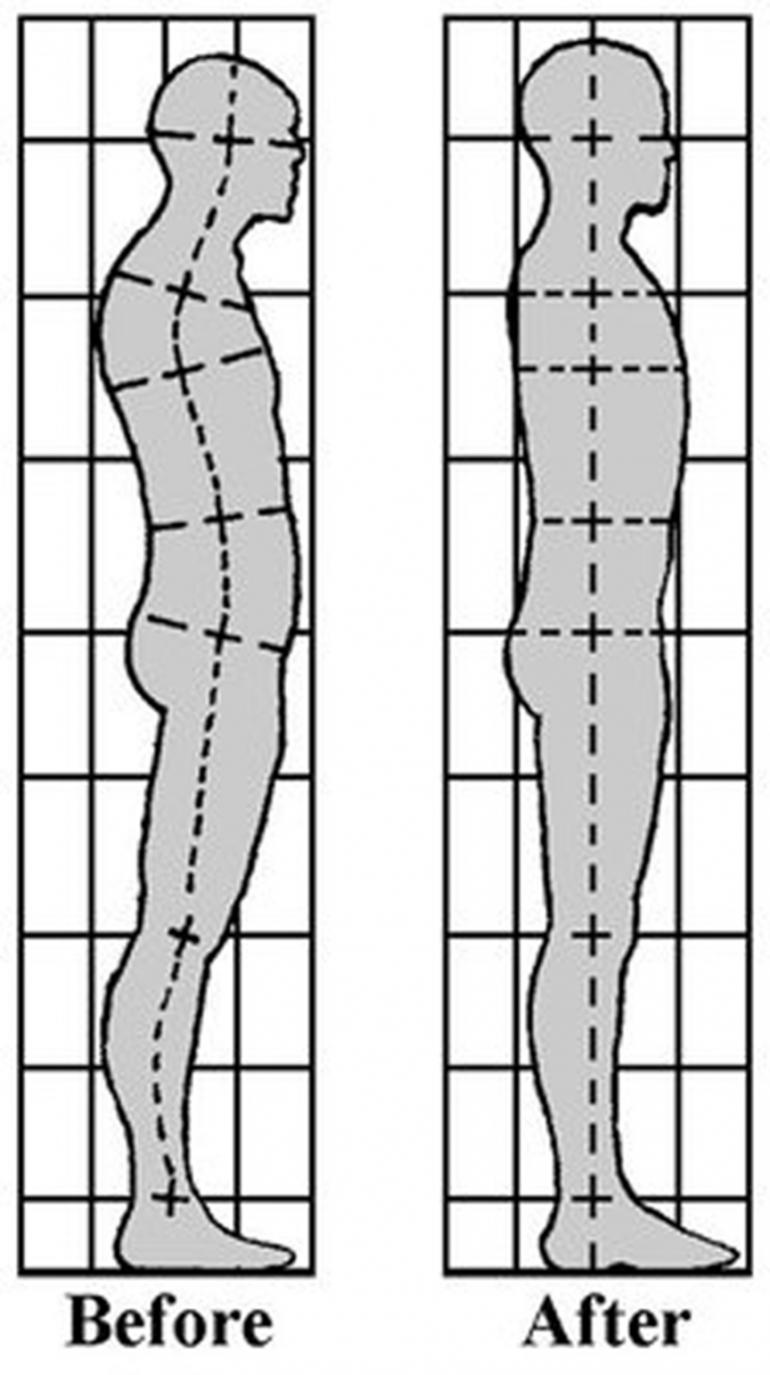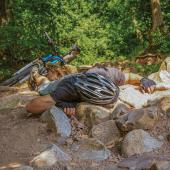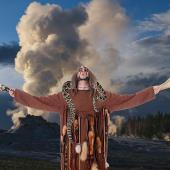Think I’m Gonna Rolf
Rolfing therapy explained
Chances are you’ve heard of rolfing, but what exactly is it? It's not a mistype of golfing, nor is it something you do after drinking wine coolers, peach schnapps, and tequila at the same party. Rolfing Structural Integration (S.I.) is a form of bodywork related to massage. It’s intended to change long-held body patterns created by injury, poor postural habits, repetitive movement patterns, and trauma. And despite growing modern popularity, it’s nothing new.
Biochemist Ida Rolf (1896-1979) had an insatiable curiosity about structures and patterns in nature, especially in the human body. She studied atomic physics and mathematics, organic chemistry, homeopathic medicine, yoga, and osteopathy. Her knowledge couldn’t shield her from negotiating health challenges, but it made her question how the human body could be better organized and integrated in gravity, and made to function in the most optimal way. Dr. Rolf found this could be done through mobilizing the myofacia—a continuous system of soft tissues that is our system of biomechanical regulation.
In Bozeman, we play hard and work hard. How can rolfing help you do both better? Whether running the Bridger ridge or climbing in Gallatin Canyon, refined fluid movement is a key to success. S.I. lengthens tissue and re-educates the body to create more efficient movement patterns. Break a collarbone biking Leverich Canyon? S.I. helps your body recover from strain in fascial tissue created by stress and trauma. Lower back aching after lifting your kid over and over while skiing Snowflake this winter? S.I. looks at how the whole body’s alignment supports (or doesn’t support) proper functioning of joints. Feeling neck and shoulder pain from hours in front of the computer? S.I. treatment opens up restrictions caused by repetitive movement and encourages better posture to dissipate pain.
Rolfing is traditionally done in a ten-session series to ensure the old patterns don’t return. Be prepared to feel it—rolfers can really get in there. The work ranges from very deep to light pressure, mobilization, and movement education. It all depends on individual goals.
Give it a try—you’ll be amazed how different rolfing is from massage and how it relieves chronic pain and improves fluid motion.
Heather Baughman is a certified advanced rolfer, certified rolfing movement practitioner and licensed massage practitioner.











